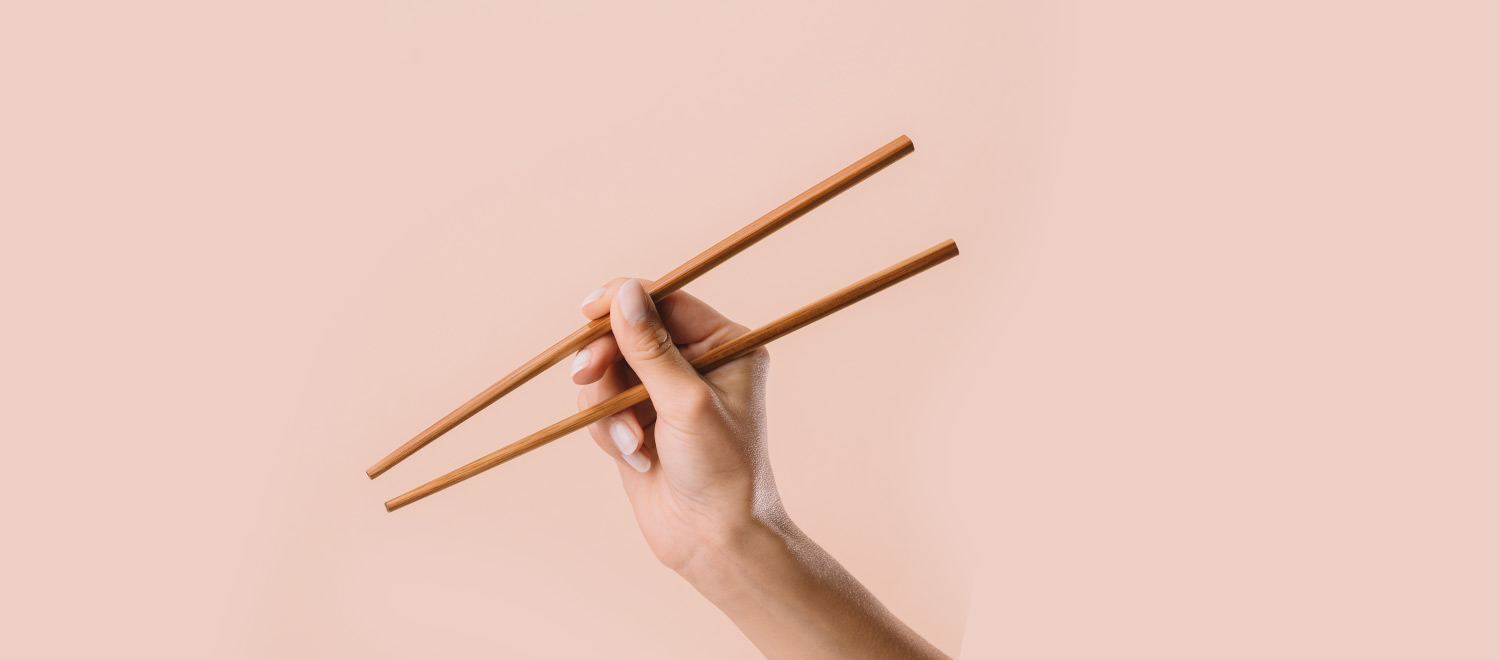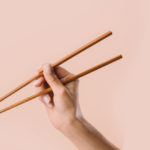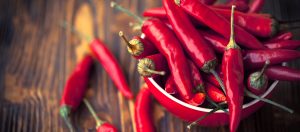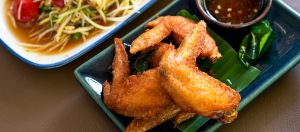Last week we talked about the interesting differences between chopsticks cultures in East Asia. It is fascinating how much you can learn about culture and traditions by simply looking at utensils. I’ve also received many responses sharing your personal experiences with chopsticks. Thank you for brightening my week with those!
This week, let’s take a look at the the rest of Asia where chopsticks are not (frequently) used.
Yes – you read that right. There are Asians who don’t use chopsticks.
In many parts of Southeast and South Asia, chopsticks can be a rare sight. Instead, hands, forks and spoons are the norm on dining tables. Eating with hands has a long tradition in South Asia and has spread across Southeast Asia too. That’s also why utensil culture in Southeast Asia is quite complex. Because of the perfect blend of Chinese, Indian and western colonial influences, Southeast Asians switch between all kinds of utensils – chopsticks, hands, forks & spoons! It is the type of dishes that determines the choice of utensils offered to guests/customers with rather strict rules.
- India:
- In Indian culture, eating is believed to be a sensual experience, Touch is a big part of the activity, in addition to color, taste, aroma, and atmosphere. According to Ayuveda, the traditional Hindu medicine, eating with fingers also notifies your brain what you will soon be eating and alerts your stomach when you touch food with bare hands. Practically speaking, this is also because Indian cuisine is frequently served on a banana leaf while people are seated on the floor. Many Indian bread and dosas are just more convenient to be eaten with hands – just like how you wouldn’t eat pizza with utensils!
- That’s why many dinning etiquettes in Indian culture have to do with hygiene. You are only suppose to use your right hand for eating, and the left hand to use serving spoons or holding a glass of water. It is considered extremely rude to let any food touch your palm or even the high joints. You are only suppose to eat with your fingers. Although sharing food is a big part of Indian culture, share only from the serving dish or bowl, not from your own plate.
- Philippines/Malaysia/Thailand/
Indonesia: - Thanks to the Spanish colonial influence, fork and spoon is a common combo in Southeast Asia. In fact, big spook and fork wall decoration is a staple in Filipino households. They represent good health of the entire family since food is an important source for a healthy body, and when the oversize enhances such symbolism. Many Americans are puzzled about the lack of knife on Southeast Asian tables, especially given such intimate relationship with fork and spoon. The fact is knife simply carries bad connotation in Asia culture; and practically speaking, there are few dishes that would require table top cutting that you couldn’t eat with hands.
- In southeast Asian culture, rice dishes are usually eaten with a spoon in your right hand, and fork in your left. Unlike the American culture, fork is only used to push food onto the spoon. It is considered impolite to put the fork in your mouth, which is equivalent to putting your knife in your mouth here in the U.S. Noodle dishes are generally eaten with chopsticks in the right hand a soup spoon in the left. When eating food served on a banana leaf, you can loosely follow etiquettes in Indian culture. Reach into the rice, take some with your fingers, gently roll it between your index and middle fingers and thumb into a self-sticking ball, dip it into the sauce, and mix it with a vegetable or a piece of chicken, then pop the whole thing in your mouth.







